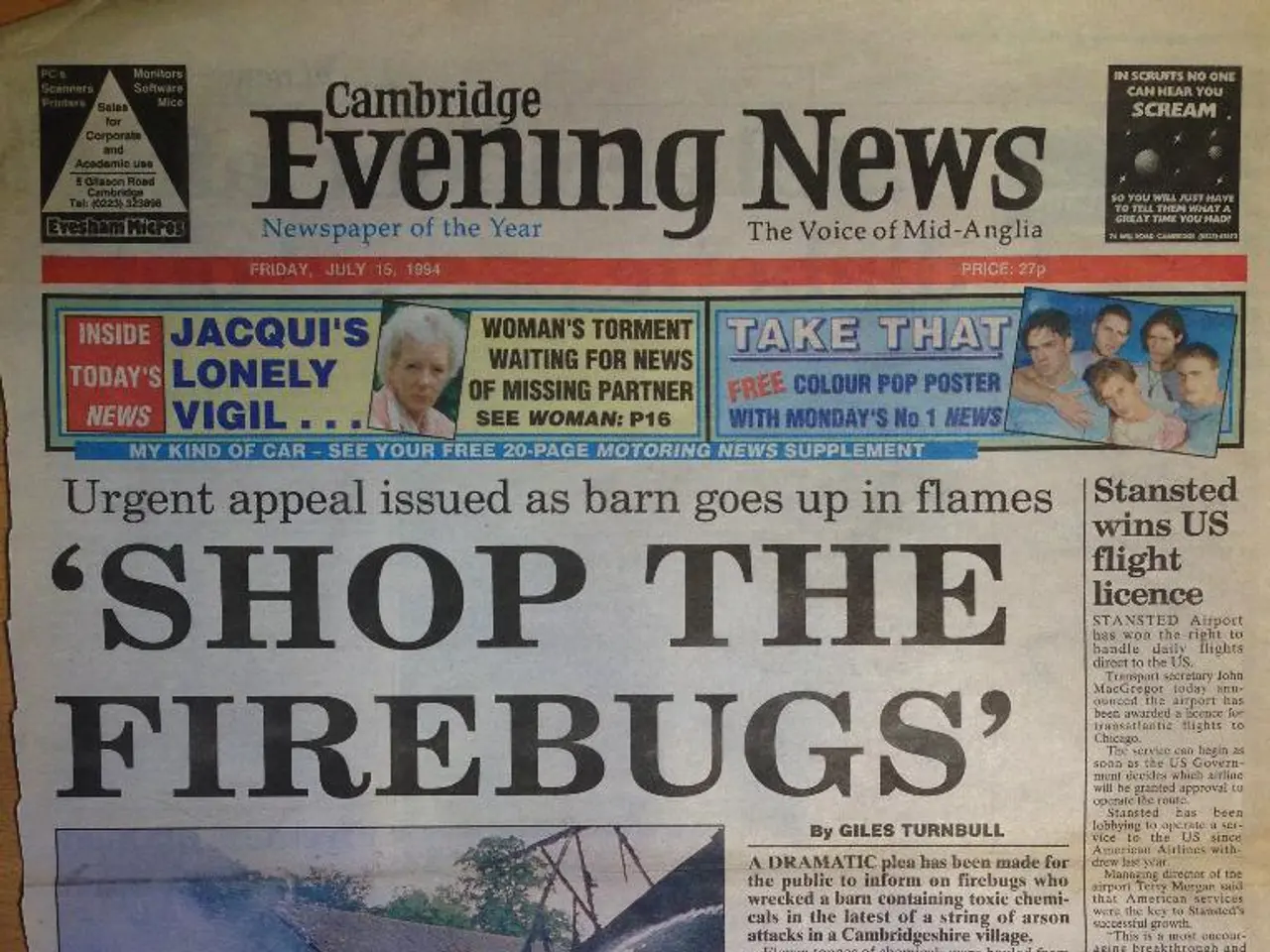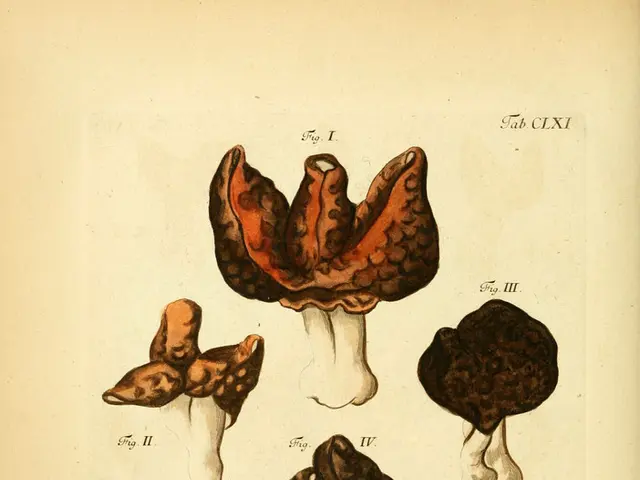Bronchitis Triggered by Allergies or Asthma: Understanding the Causes and Solutions
Allergic bronchitis, a type of bronchitis, is characterised by inflammation of the bronchial tubes due to an allergic reaction. This condition shares several similarities with general bronchitis in terms of symptoms.
Common symptoms of allergic bronchitis include wheezing, coughing (often with mucus), chest tightness or fullness, difficulty breathing, and fatigue, especially if coughing disrupts sleep. The mucus produced can be white, green, or yellowish, and may contain traces of blood [1][3]. Fever and chills, common in infectious bronchitis, may be less prevalent in allergic bronchitis unless there is a secondary infection [1][3].
Treatments for allergic bronchitis focus on symptom relief and managing allergic triggers. Avoiding known allergens is crucial in reducing inflammation. Anti-inflammatory medications such as corticosteroids, available in inhalers or orally, help reduce airway swelling. Bronchodilators or inhalers may be prescribed to ease breathing difficulties [3].
Supportive care, including rest, hydration, and possibly the use of humidifiers, can soothe airways. Over-the-counter pain relievers can help alleviate chest discomfort. In some cases, allergy medications such as antihistamines might be used to control allergic responses [3].
Unlike bacterial bronchitis, antibiotics are generally not used in allergic bronchitis unless there is a bacterial infection [3]. If symptoms are severe or significantly impact breathing, a healthcare provider might need to intervene with additional treatments, such as pulmonary rehabilitation or oxygen therapy [3].
Mucolytics, given orally or through a nebulizer, make mucus thinner and less sticky, making it easier to expel from the lungs by coughing. Airway irritants such as pollen, dust, mold, and cigarette smoking can trigger symptoms of allergic bronchitis [3].
Inflammation that triggers symptoms of asthmatic bronchitis may occur in someone who has underlying asthma after exposure to certain substances, such as pollen, pollution, and cigarette smoke [3]. Older adults, people with weakened immune systems, and those who smoke have a higher risk of developing non-allergic bronchitis after an upper airway infection [3].
Prevention is key, and quitting smoking or not starting at all is one of the best ways to prevent allergic bronchitis, given that cigarette smoke is a leading cause of the condition [3].
For a comprehensive diagnosis and treatment plan, it's essential to consult a healthcare provider who will review the individual's medical history, conduct a physical exam, and possibly order chest X-rays or blood tests [3]. A pulmonary function test, including a spirometer, can also help doctors identify the presence of lung diseases such as asthma and chronic bronchitis [3].
[1] Mayo Clinic. (2021). Allergic bronchitis. https://www.mayoclinic.org/diseases-conditions/allergic-bronchitis/symptoms-causes/syc-20354522 [3] American Lung Association. (2021). Bronchitis. https://www.lung.org/lung-health-diseases/lung-disease-lookup/bronchitis/what-is-bronchitis
- Allergic bronchitis, a type of respiratory condition, shares similarities with general bronchitis in terms of symptoms and is often characterized by chronic inflammation of the bronchial tubes due to an allergic reaction.
- Managing chronic diseases like allergic bronchitis requires a focus on symptom relief, avoiding known allergens, and using medication such as corticosteroids and bronchodilators.
- In addition to traditional treatments, maintaining good mental health, proper nutrition, and fitness and exercise regimens can help improve overall respiratory health and wellness.
- When it comes to health and wellness, quitting smoking or not starting in the first place is one of the best strategies for preventing allergic bronchitis and other chronic respiratory conditions.








